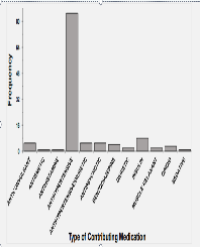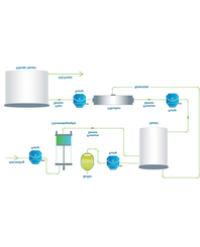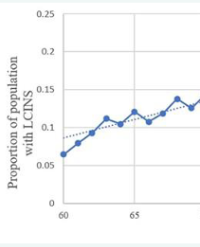
Evaluating the Role of Intravenous Antihypertensive Agents in Falls of Hopitalized Patients
Purpose: To determine if falls in the hospital occur more frequently in patients receiving intravenous (IV) antihypertensive therapy compared to patients that are not receiving any such treatment.
Methods: Using data retrospectively collected from the institution’s electronic records, we filtered dispensing records for select IV antihypertensive medications from January 2018 through December 2019. We then compared the patient identifying numbers from the dispensing records with the patient identifying numbers from the reported inpatient fall records during the same time frame.
Results: There was a total of 617 inpatient falls at the hospital between January 2018 and December 2019. One hundred twenty-three patients out of the 617 (20%) fell while receiving IV antihypertensive agents. During the same time there were a total of 9,226 orders for IV metoprolol, labetalol, and hydralazine. This indicates that out of the 9,226 orders for IV antihypertensives, 1.3% of patients fell while in the hospital because of those medications. Of the 617 falls, 124 of those were associated with an injury report. There were 22 patients (18%) receiving IV antihypertensives that fell and were injured.
Conclusions & Recommendations: Our findings support the need for additional research to determine what factors are contributing to patients falling while on IV antihypertensive therapy. IV antihypertensive medications should be discontinued at the earliest time to prevent falls especially when patients are restarted on oral antihypertensive medications and blood pressure is controlled. Patients should be monitored closely for orthostasis in all settings when antihypertensive therapy is started or changed. Patients and caregivers should be educated particularly on this point especially in frail, elderly patients.
Edward Bergman1 , Courtney Armstrong2,3, and Charles F. Seifert3*


